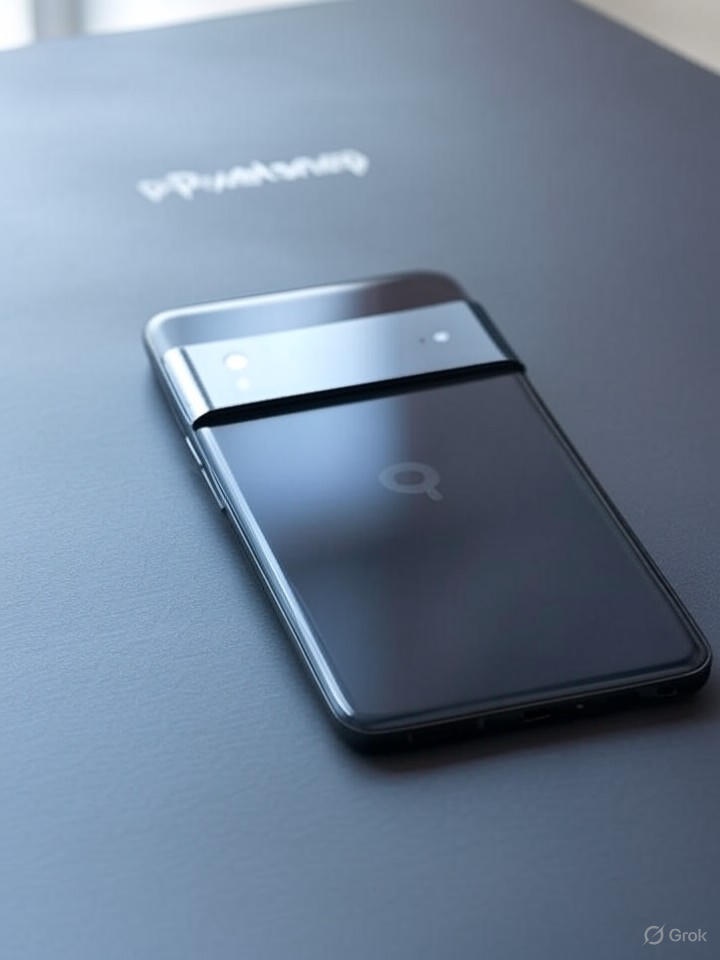In the ever-evolving world of smartphone technology, Google’s upcoming Pixel 10 series is poised to introduce a significant advancement in wireless charging, potentially bridging a gap that has long separated Android devices from Apple’s MagSafe ecosystem. Recent leaks suggest that the Pixel 10 will incorporate Qi2 magnetic wireless charging, complete with built-in magnets for seamless accessory attachment. This development could mark a turning point for Google’s hardware ambitions, allowing the company to compete more directly with premium features that have defined iPhone usability.
The leaks, which have surfaced across various tech outlets, point to Google’s development of a proprietary accessory line branded as “Pixelsnap.” This system appears designed to leverage the Qi2 standard, which includes magnetic alignment for faster and more efficient charging. Industry observers note that while Qi2 has been available since late 2023, adoption among Android manufacturers has been sluggish, with only a handful of devices like the HMD Skyline fully embracing its magnetic capabilities.
Evolving Standards in Wireless Power
According to details first reported by Android Authority in June, Google is integrating Qi2.2 support with magnets directly into the Pixel 10’s chassis. This would enable not just improved charging speeds—potentially up to 60W as hinted in some rumors—but also compatibility with a range of magnetic accessories. The move aligns with broader industry shifts toward standardized wireless power transfer, where precision alignment reduces energy loss and enhances user convenience.
Further corroboration comes from NotebookCheck, which detailed how the Pixel 10 Pro might stand out as one of the few Android flagships to natively support Qi2 without relying on third-party cases or adapters. This integration could open doors for Google’s ecosystem expansion, including first-party Pixelsnap products like wireless charging pucks and stands.
Leaked Images and Market Implications
A pivotal leak, published by The Verge just hours ago, features an image of what appears to be a Pixelsnap wireless charging puck. The device, resembling Apple’s MagSafe charger but tailored for Pixel users, underscores Google’s intent to create a cohesive accessory lineup. This isn’t merely about charging; it’s about fostering an interconnected device experience, from magnetic wallets to car mounts, potentially boosting accessory revenue streams for the tech giant.
Discussions on platforms like Reddit’s r/GooglePixel community, as highlighted in a thread with over 500 votes, reveal enthusiast excitement mixed with skepticism. Users speculate that Pixelsnap could finally address Android’s fragmentation in accessory compatibility, drawing parallels to how MagSafe revitalized iPhone peripherals.
Competitive Edge and Future Prospects
Insights from Android Central suggest Google is preparing a suite of wireless chargers for its next flagship, timed for an anticipated August 20 launch. This strategy could position the Pixel 10 as a pioneer in mainstreaming Qi2 on Android, encouraging third-party manufacturers to follow suit and enriching the overall market for magnetic tech.
Meanwhile, 9to5Google has confirmed through leaked renders that the Pixelsnap charger strongly indicates embedded magnets in the phone itself. For industry insiders, this signals Google’s broader push into hardware innovation, potentially challenging Apple’s dominance in premium features while addressing consumer demands for effortless connectivity.
Challenges and Broader Industry Shifts
However, integrating such technology isn’t without hurdles. Sources like Android Police point to leaked marketing materials that highlight the need for precise engineering to avoid added bulk or interference with other phone components. Google’s track record with Pixel hardware has been mixed, with past models facing issues in battery life and thermal management—factors that could be exacerbated by magnetic charging.
Looking ahead, as noted in a recent TechRadar analysis, the Pixel 10’s Qi2 adoption might spur a wave of compatible accessories from brands beyond Google, fostering competition and innovation. This could ultimately benefit consumers with more choices, though it raises questions about standardization across Android OEMs.
In summary, the Pixel 10’s embrace of Qi2 and Pixelsnap represents a calculated step for Google to elevate its smartphone lineup. By drawing on these leaked insights, the company aims to blend cutting-edge tech with practical enhancements, potentially reshaping user expectations in the high-stakes arena of mobile devices.




 WebProNews is an iEntry Publication
WebProNews is an iEntry Publication